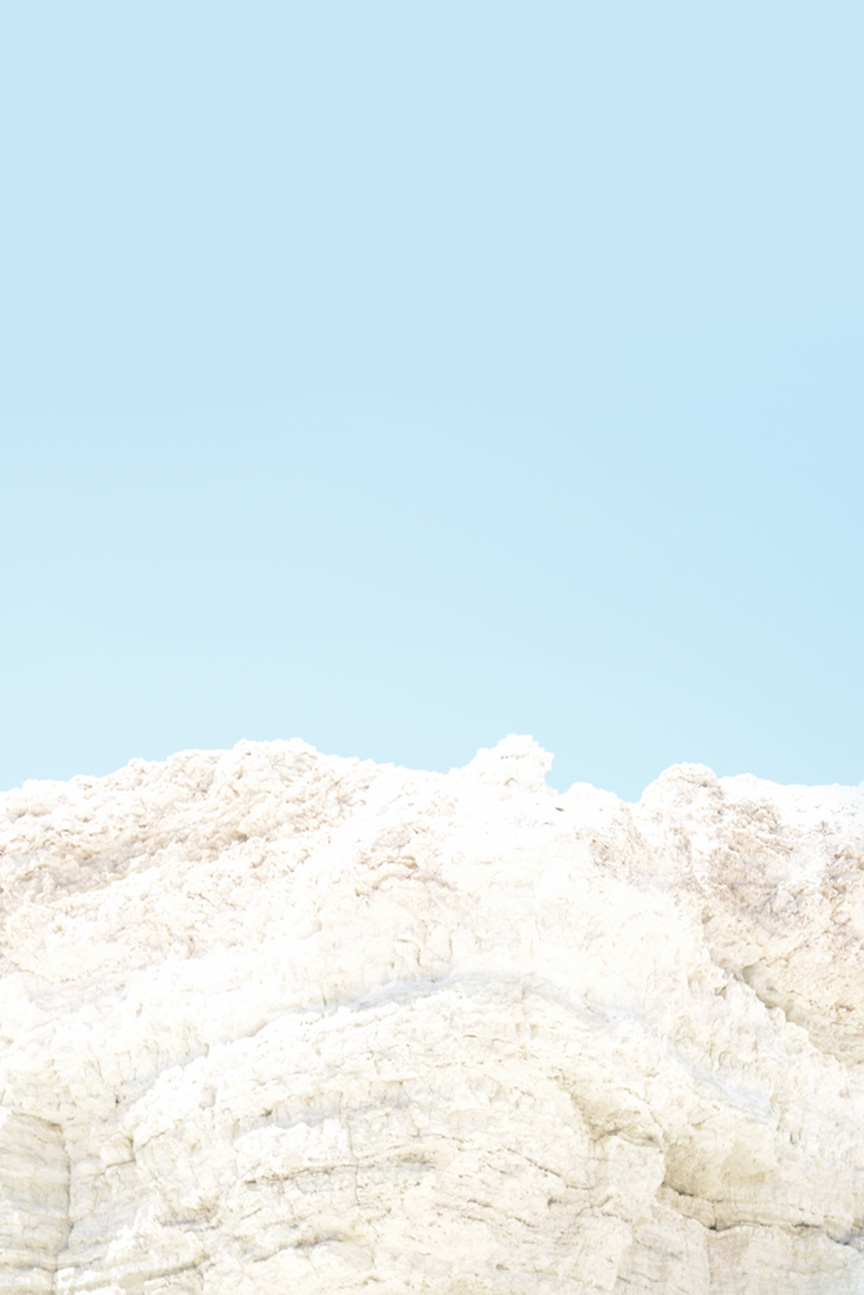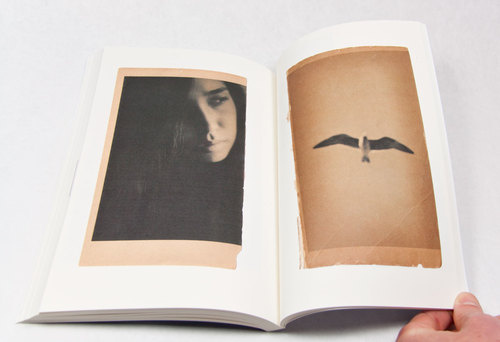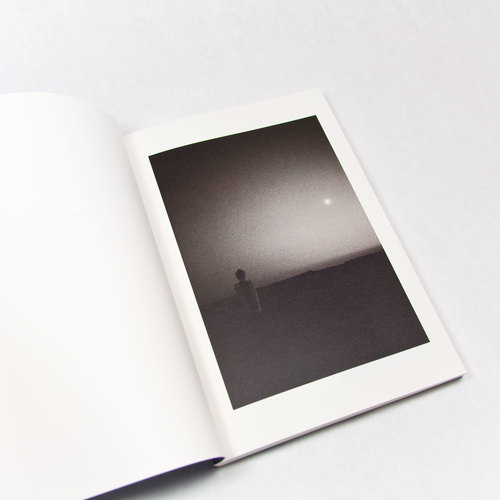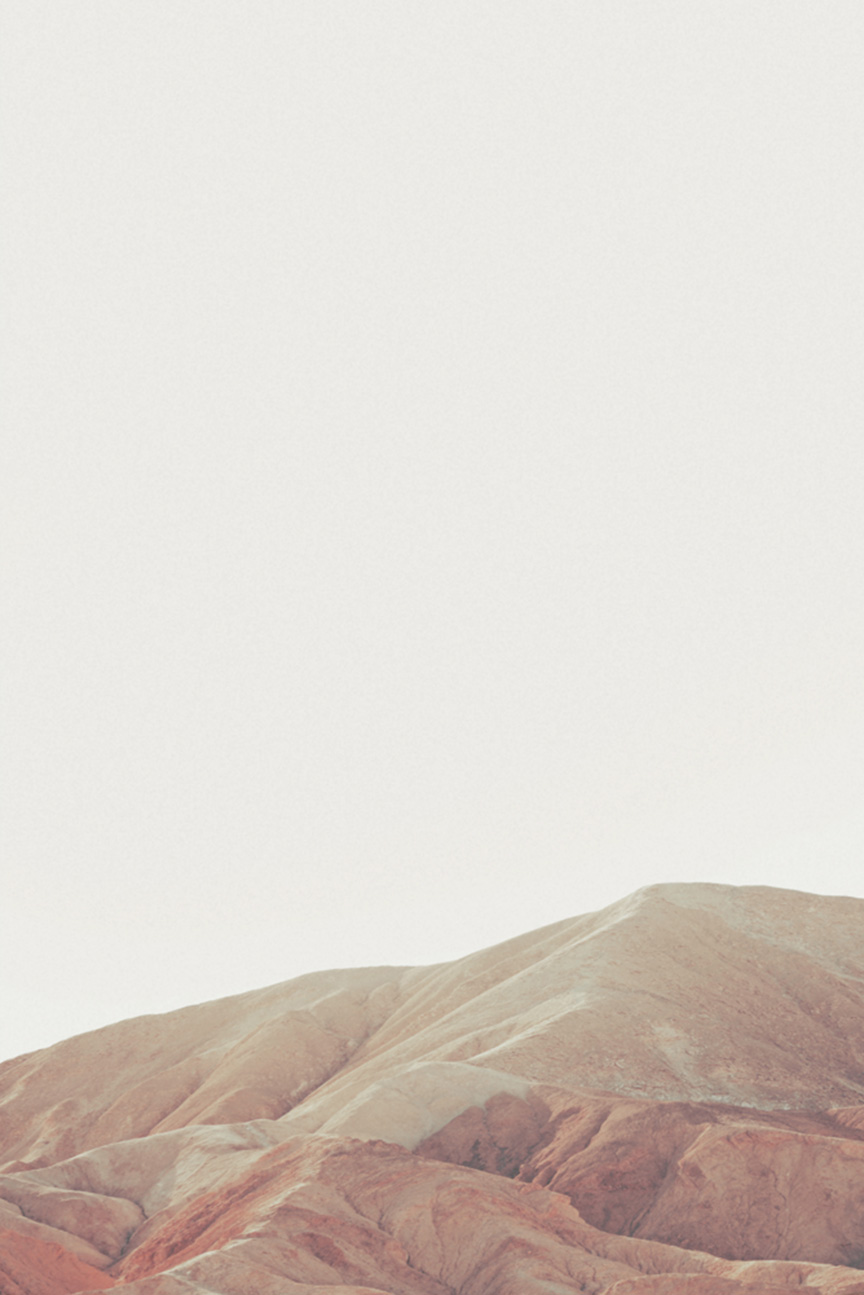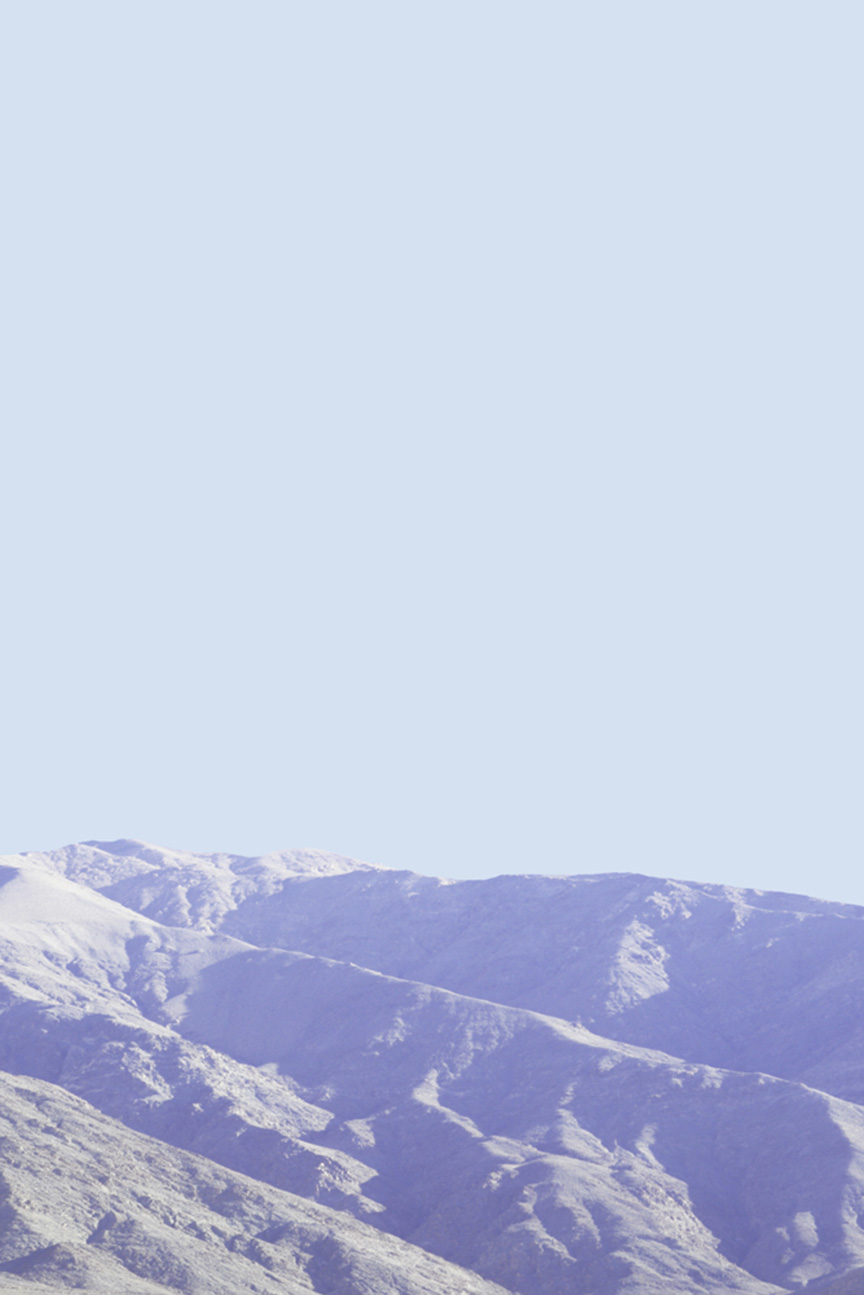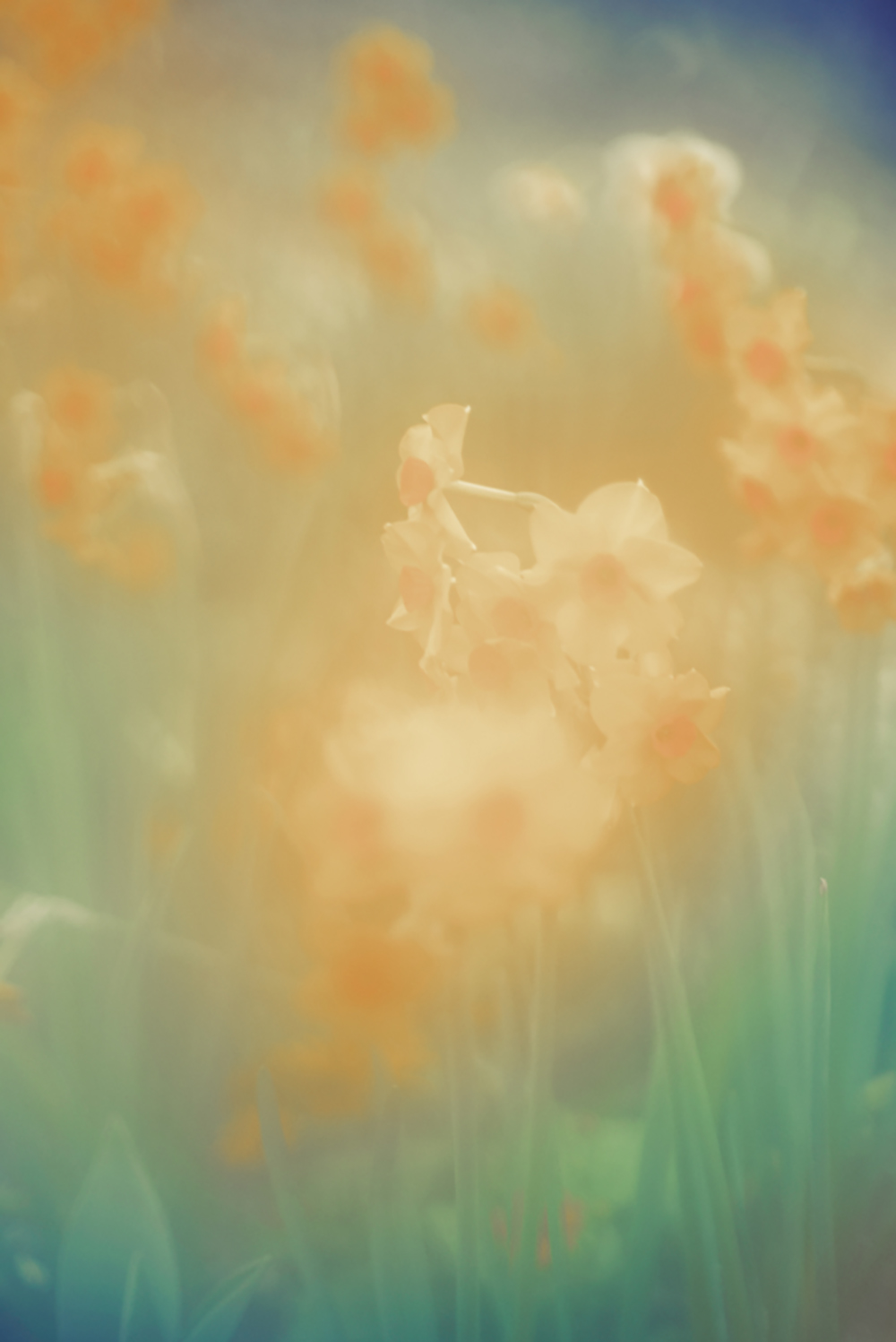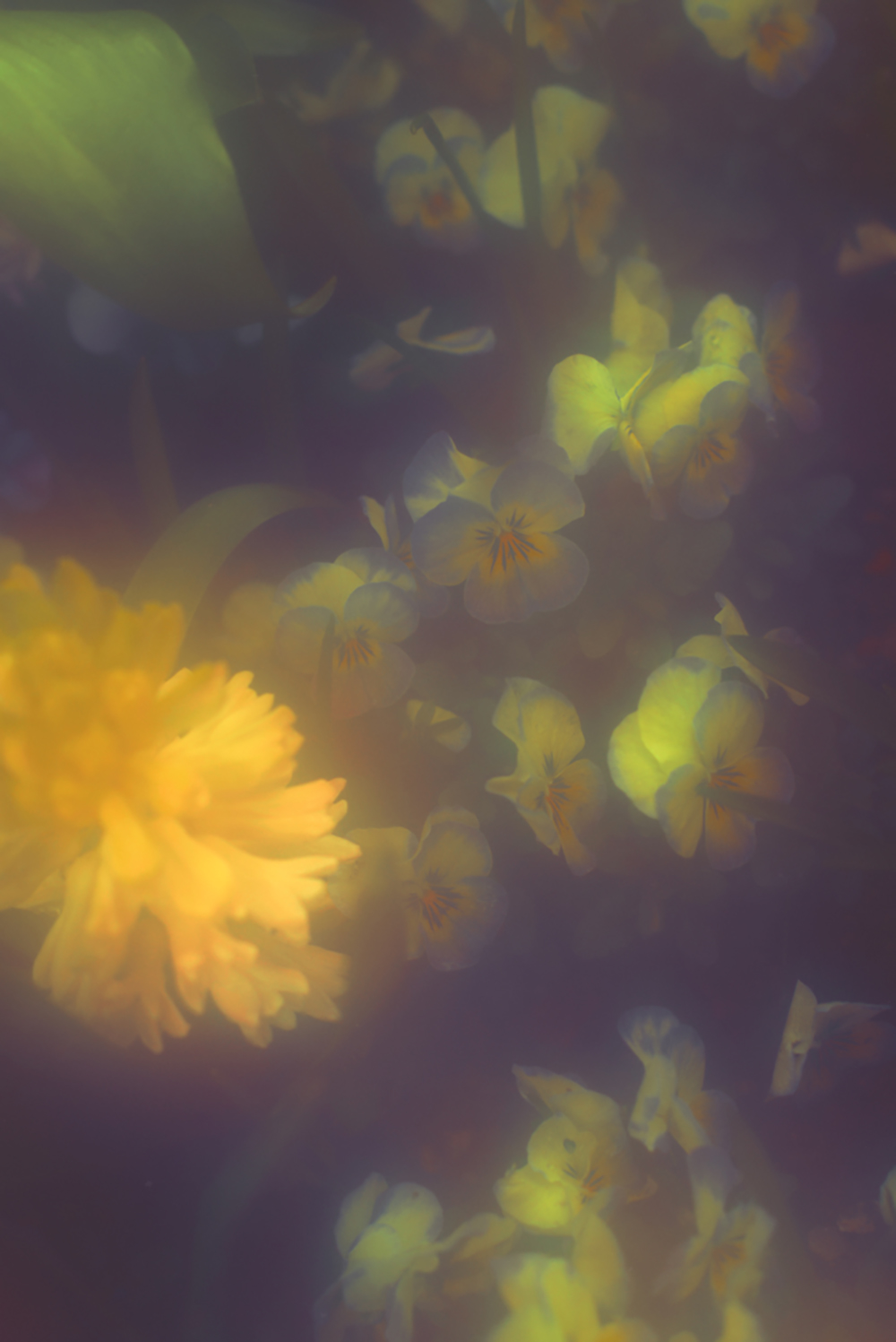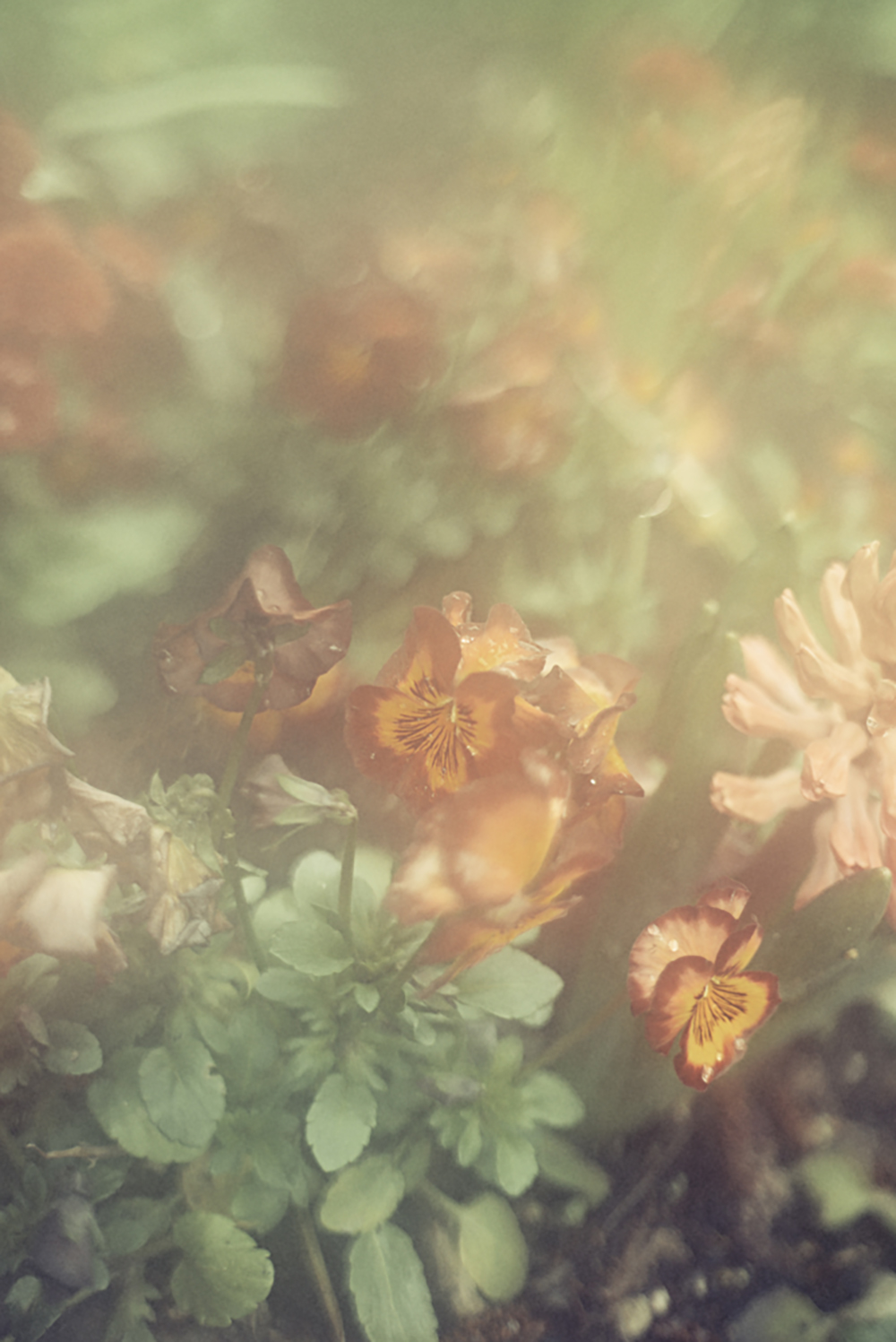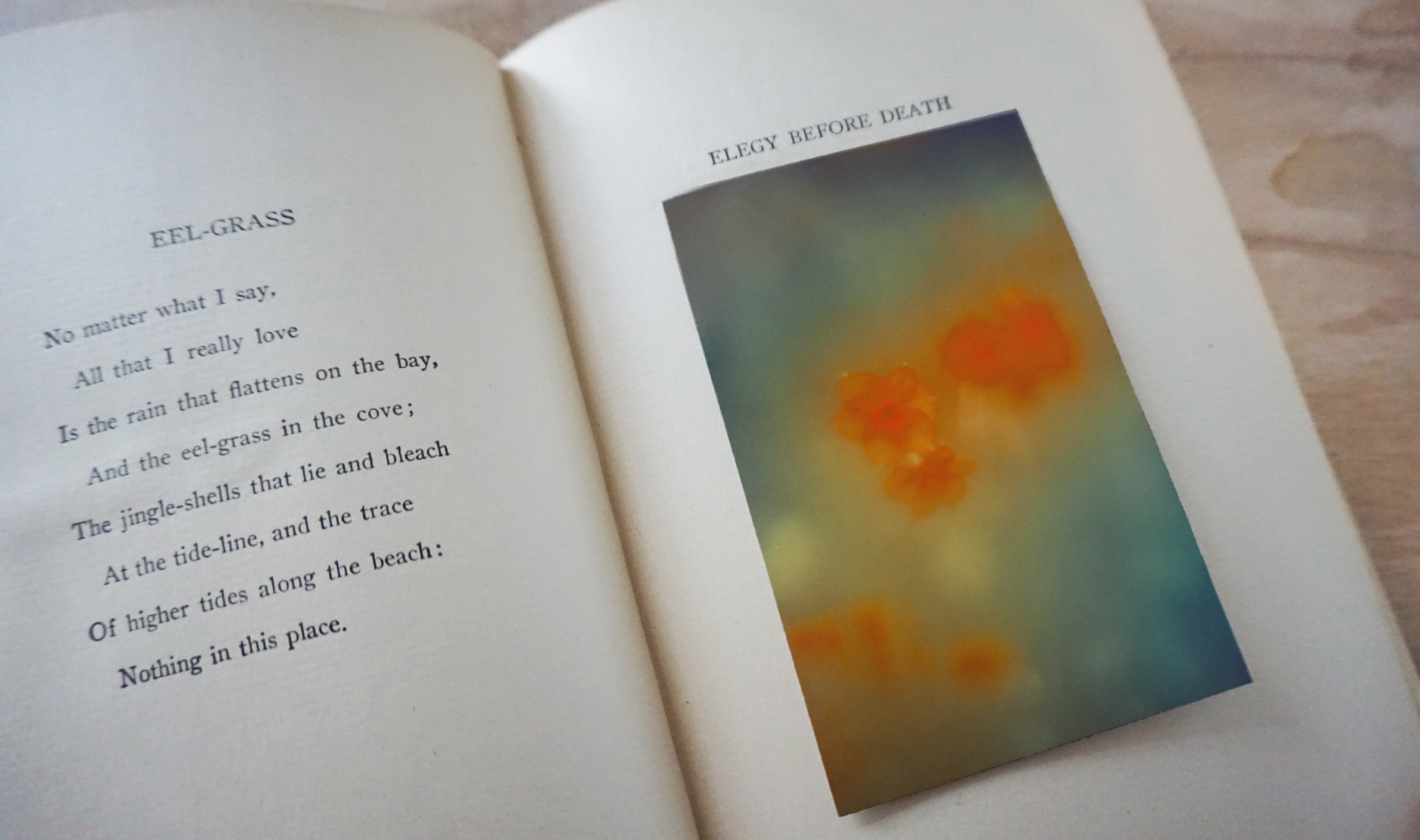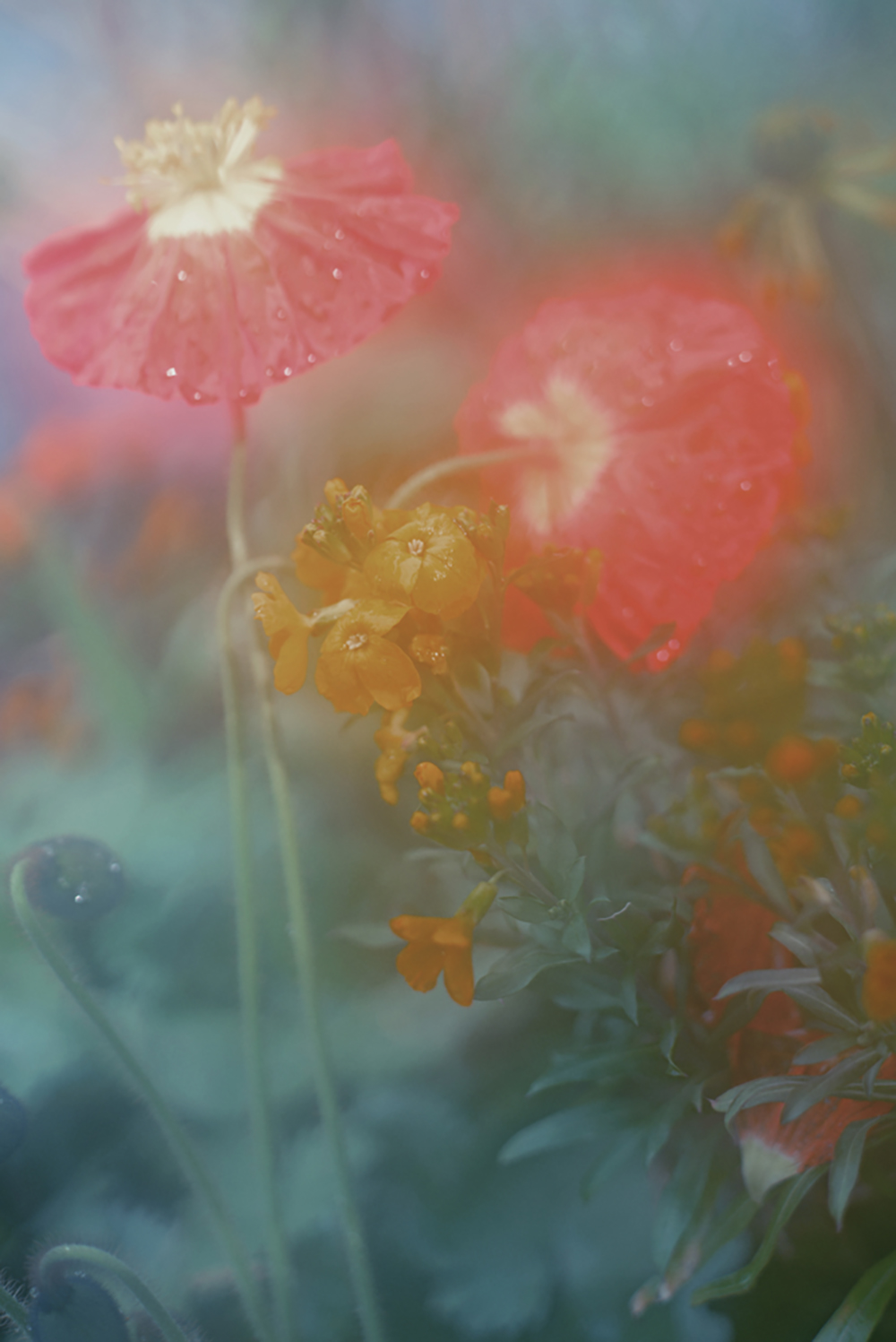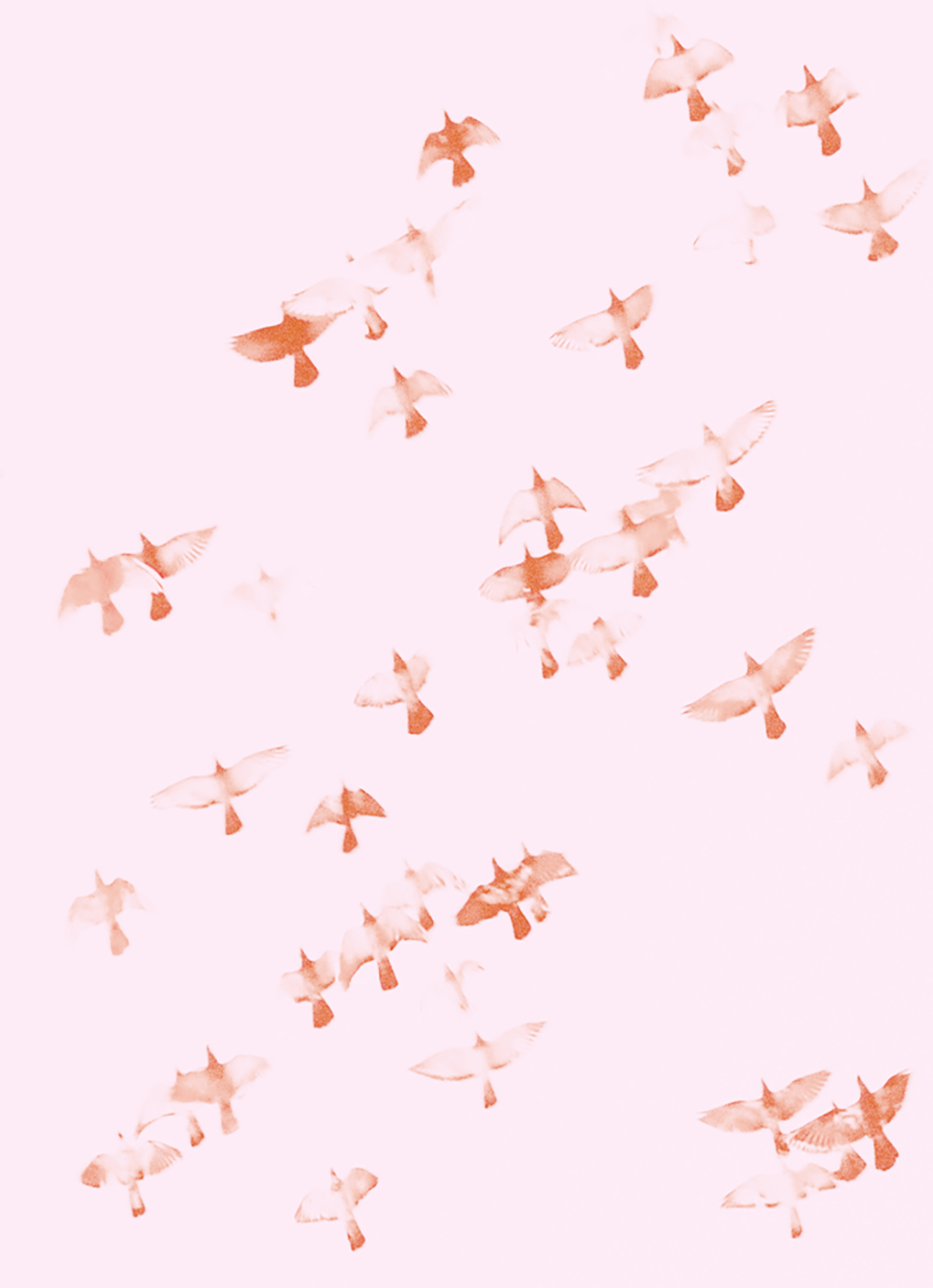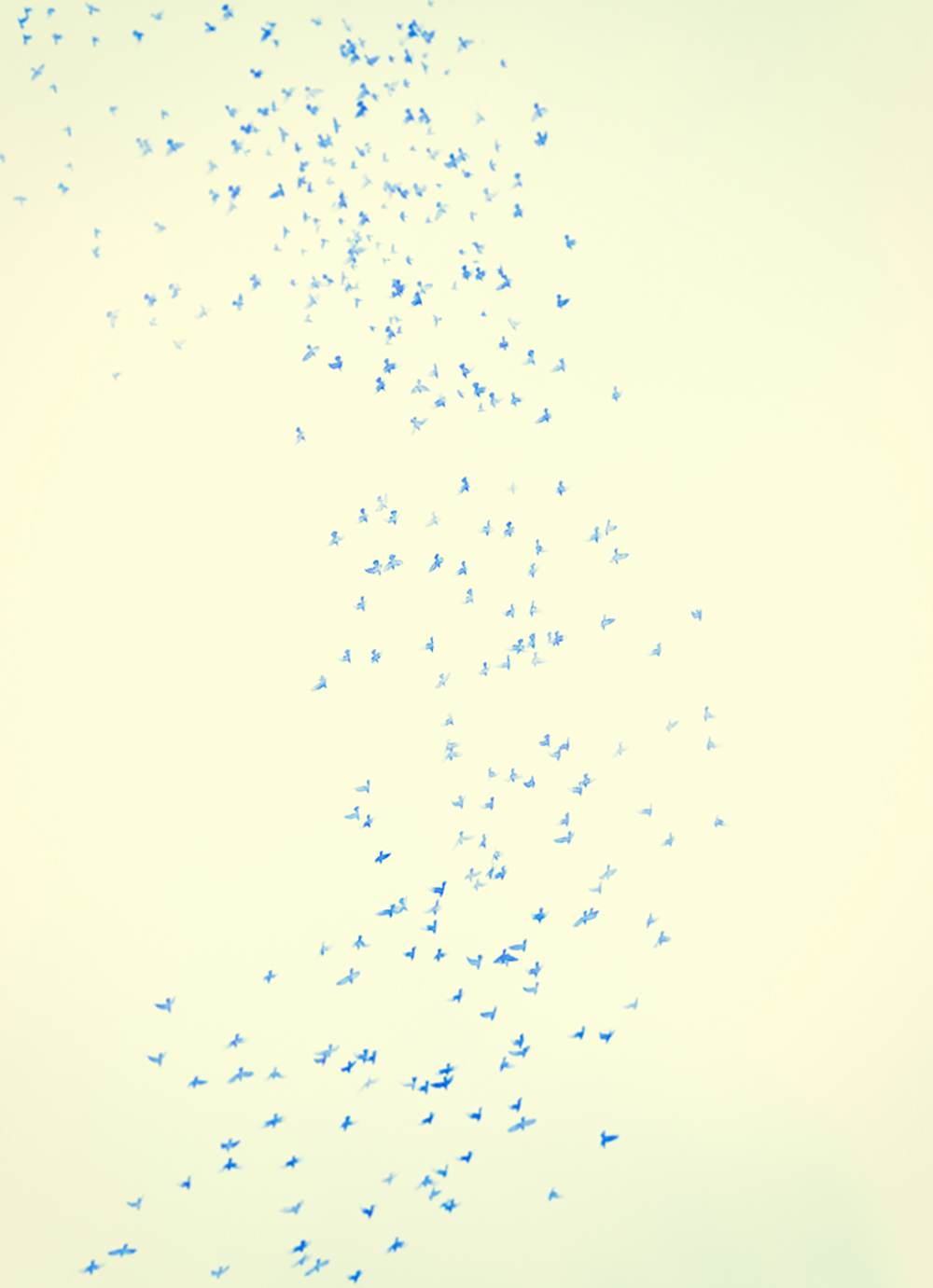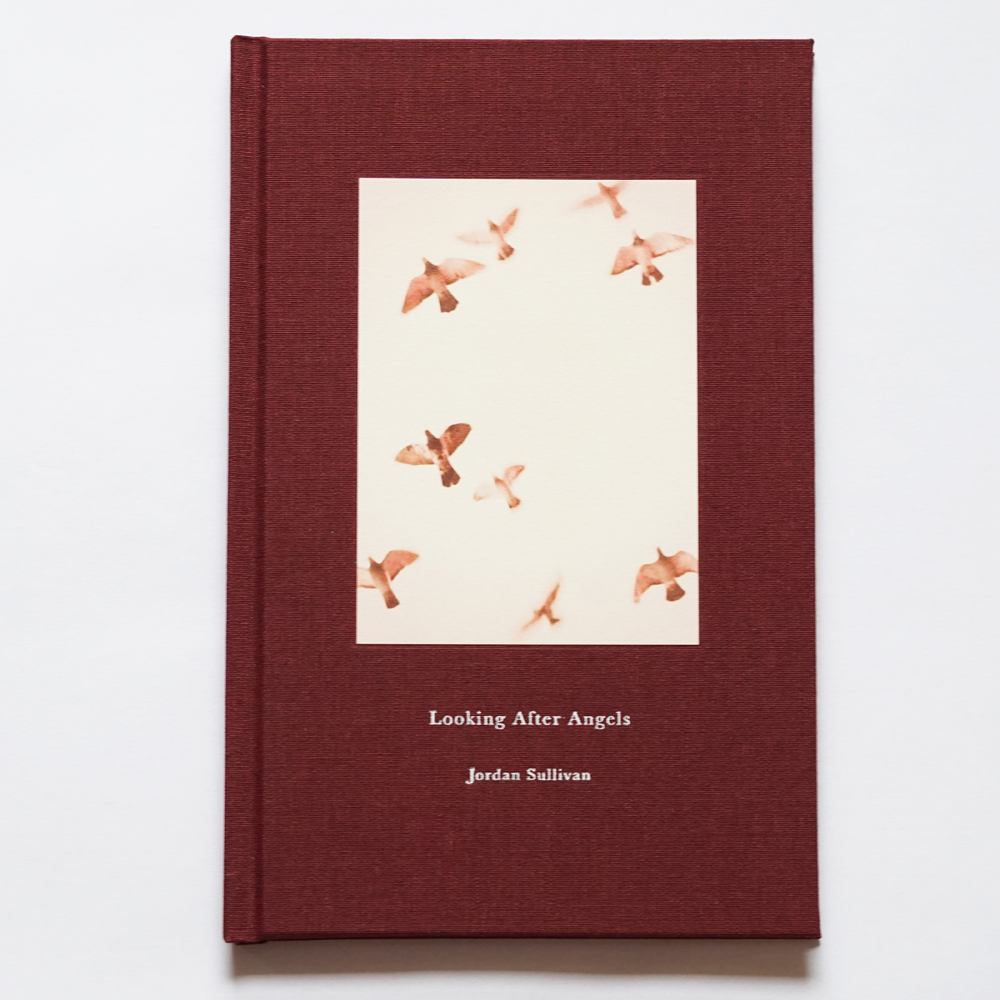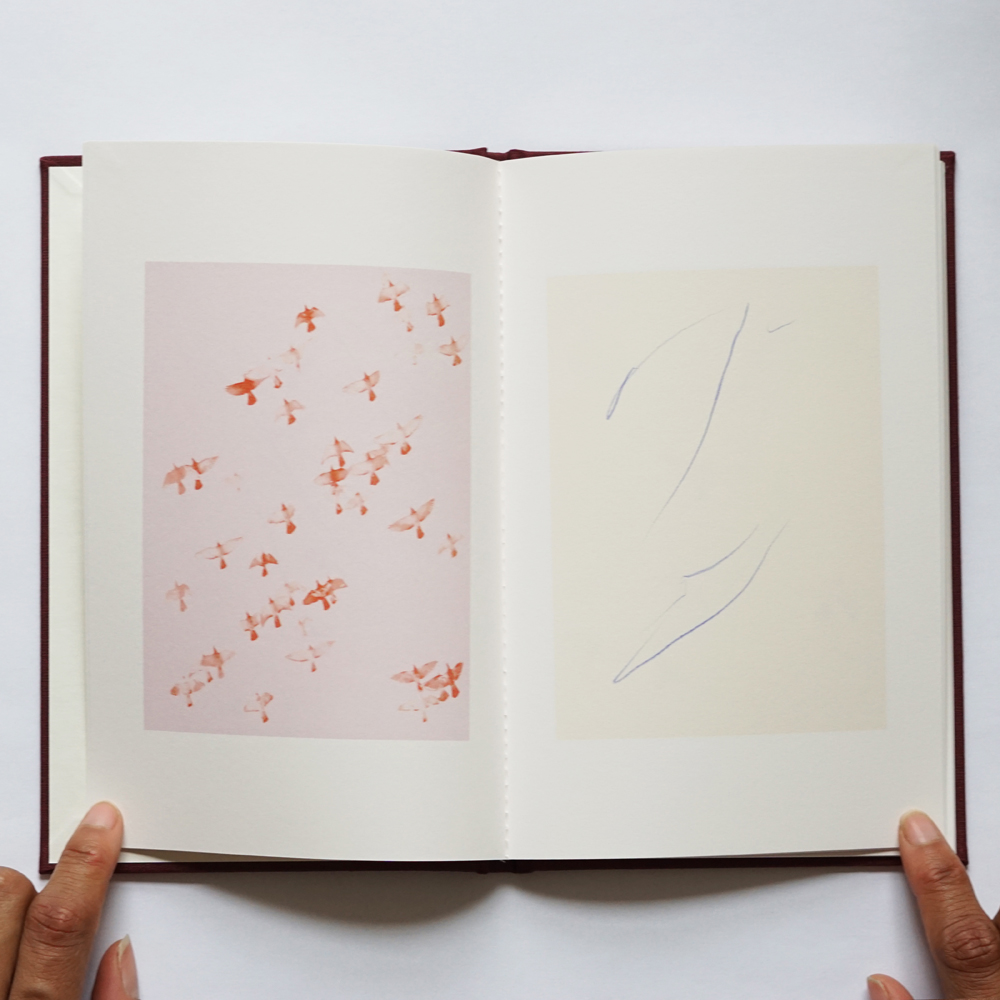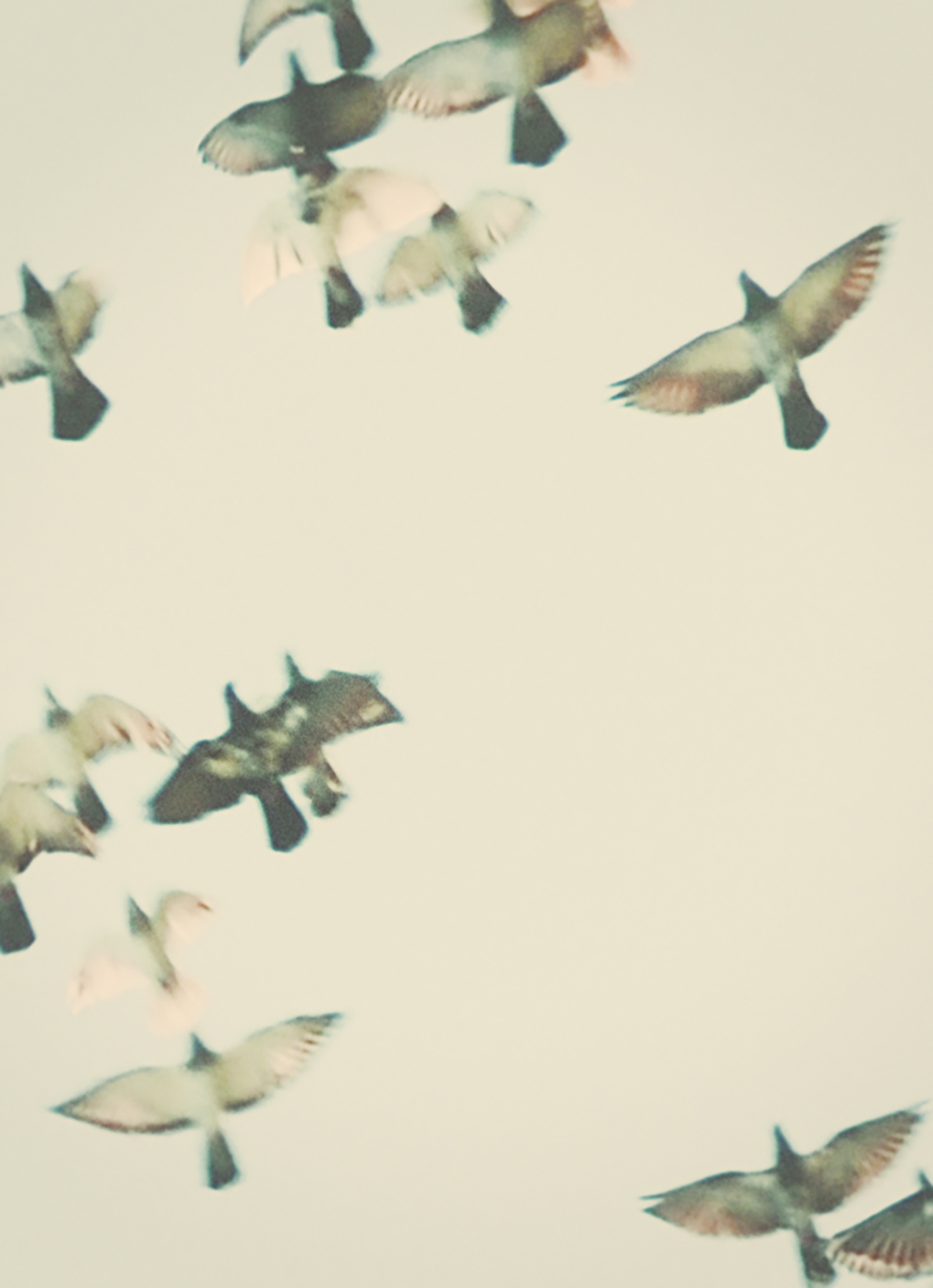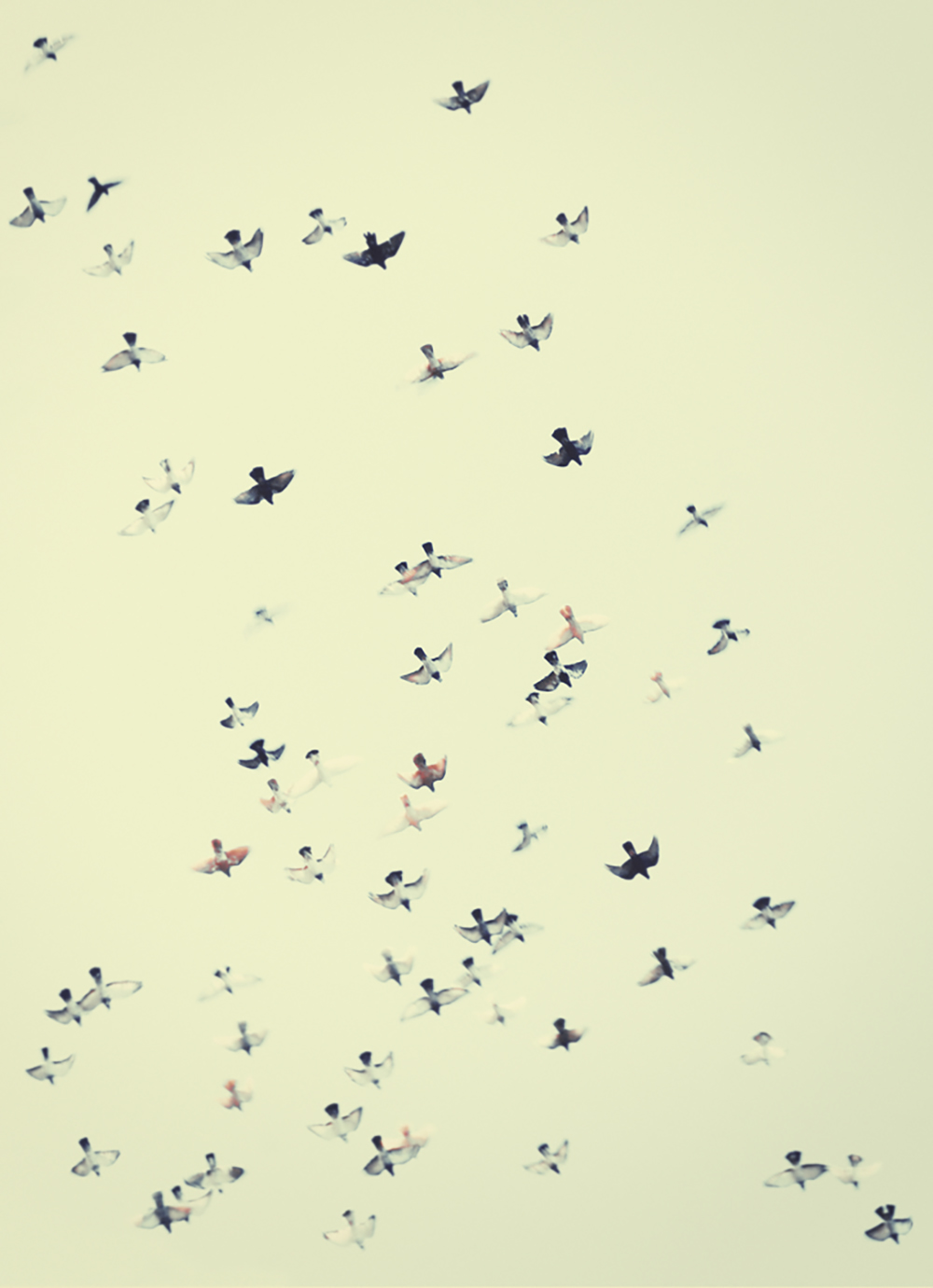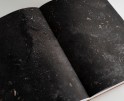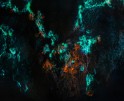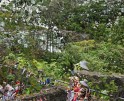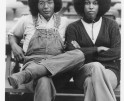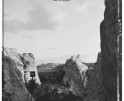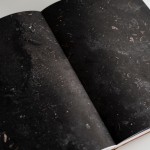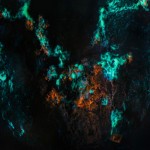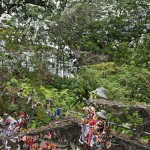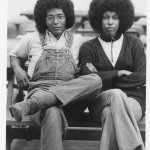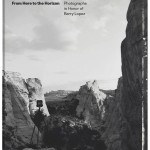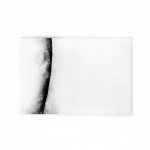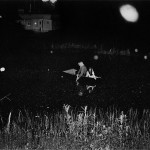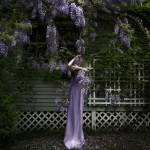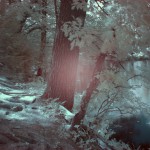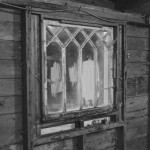Photographers on Photographers: Kat Kiernan on Jordan Sullivan
For the entire month of August, photographers will be interviewing photographers–sharing image makers who have inspired them, who they are curious about, whose work has impacted them in some way. I am so grateful to all the participants for their efforts, talents, and time. -Aline Smithson
Several years ago, in a bookstore I can’t remember, I picked up a copy of Jordan Sullivan’s book An Island in the Moon. With its pocket-size and mysterious blue-toned monochrome cover, the book felt more like a novel than a monograph. Inside, the unconventional design extended beyond the traditional photobook to become a self-contained, intimate photography exhibition. Sullivan blends photography, writing, book-making, and collage to communicate his ideas—a free-form approach that I appreciate as photographer and writer myself. In the years since, I have followed Sullivan’s unique vision and purchased several of his unusual and wonderful books.
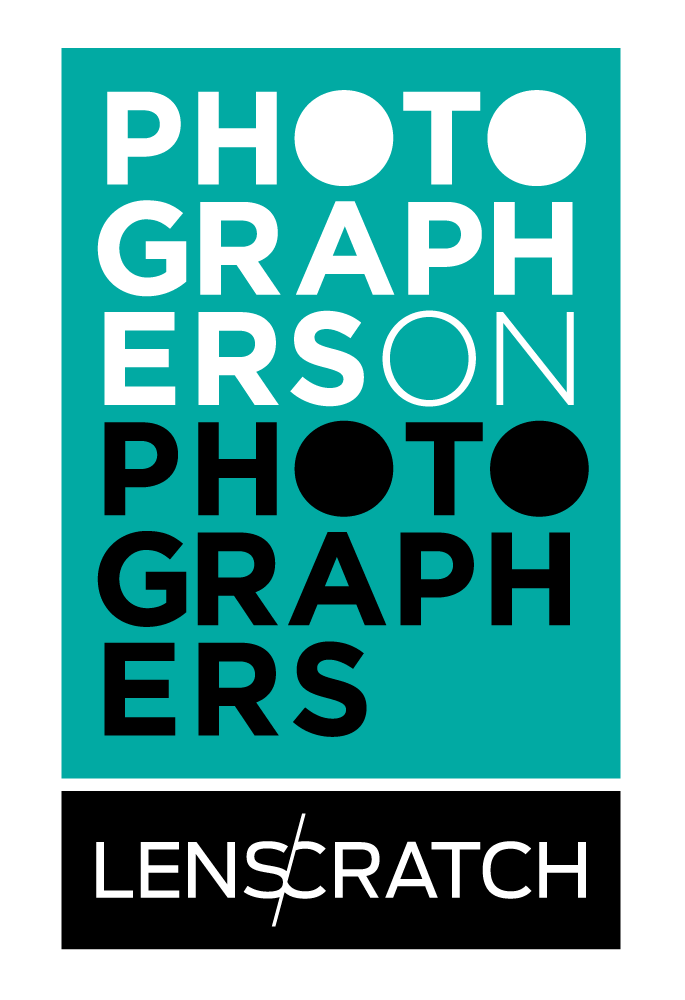 Kat Kiernan is the Editor-in-Chief of the photography magazine Don’t Take Pictures, as well as the Director of Panopticon Gallery in Boston, Massachusetts. Her writings have appeared in numerous publications, most recently in the book The Artist as Culture Producer: Living and Sustaining a Creative Life (Intellect Books, 2017). Kat received the Griffin Museum of Photography’s Rising Star Award in 2015 for her contributions to the photographic community. Her photographs have been exhibited across the United States, and Photoboite Agency named her one of 2012’s 30 women photographers under the age of 30 to watch. Kat divides her time between Brooklyn, New York and Boston. She holds a BFA in photography from Lesley University College of Art and Design.
Kat Kiernan is the Editor-in-Chief of the photography magazine Don’t Take Pictures, as well as the Director of Panopticon Gallery in Boston, Massachusetts. Her writings have appeared in numerous publications, most recently in the book The Artist as Culture Producer: Living and Sustaining a Creative Life (Intellect Books, 2017). Kat received the Griffin Museum of Photography’s Rising Star Award in 2015 for her contributions to the photographic community. Her photographs have been exhibited across the United States, and Photoboite Agency named her one of 2012’s 30 women photographers under the age of 30 to watch. Kat divides her time between Brooklyn, New York and Boston. She holds a BFA in photography from Lesley University College of Art and Design.
Jordan Sullivan’s visual art and artist books have been exhibited nationally and internationally and are included in the library collections of SF MOMA, the Metropolitan Museum of Art, Houston Museum of Fine Arts, Brooklyn Museum, and MoMA, among others. Sullivan is the author of 28 photobooks, most recently Looking After Angels (Paradigm Publishing, 2018) as well as the co-founder of the publishing project 205-A. He studied at the University of Michigan and University College London. Sullivan has worked in construction in central Texas, a touring musician in New York City, and as an artist assistant to photographers Mike & Doug Starn. Sullivan was born in Houston, Texas and raised in Ohio and Detroit, Michigan. He currently lives and works in Brooklyn, NY and Los Angeles, CA.
Kat Kiernan: Although you employ a wide variety of mediums in your work including photography, writing, collage, book-making, and installation, you have stated that you are not driven by process. Could you talk about finding the right medium to express your ideas?
Jordan Sullivan: I suppose it all comes down to expression. What am I trying to express? What am I pissed off or confused about? What am I feeling? I let all these questions guide me, and sometimes they lead to a photograph or a book or a painting. Sometimes they don’t lead anywhere, but nowhere can be somewhere too.
How do you integrate words and images in your art practice? Do you find yourself looking to illustrate a piece of writing, or is your writing inspired by your photographs?
I usually write first and all my visuals stem from that. Writing is my way of drawing, but my pictures aren’t necessarily illustrations. The words are just a catalyst—a way to get my mood and my heart and all the things I’m thinking and feeling to come together somehow.
KK: Books are a major part of your practice. You refer to them not as photo books but as photo-illustrated novellas. Why do you choose to present your work in book form?
JS: I like the way books can be handled. They can hold words and pictures together. They are closed and they need to be opened. I like that—the way they open and close. They are generally portable and not as precious as a picture on a wall, or at least I don’t believe they should be.
KK: Wandering Days is a three-part book series: The Young Earth, published by Peter Hay Halpert in 2013, An Island in the Moon published by Ampersand in 2015, and The Burial Cloud published in 2016. Why did you choose to use different publishers for each book in the series?
JS: Some projects resonate with certain publishers and others don’t, so a lot of my time is spent finding the right home for my pictures and books.
KK: Your first job in New York was as an assistant to Mike and Doug Starn. How did working for such ground-breaking artists influence your work?
JS: I didn’t realize their influence until later, but it was huge. I really discovered materials at their studio, particularly archival materials. Up until then I had only been painting, and I was primarily painting with flowers and dirt. I didn’t know anything about photography. They worked out of this big mess of a warehouse in Red Hook. It was amazing. At their studio, I really started seeing how you can invent your own world, your own process, within a medium. Photography can be painting, painting can be photography, everything can be different, everything can be something else, everything can be anything. There’s always a form of expression, and getting to that place of expression that’s where the whole world is. I think that’s the best part about working for an artist—seeing the day-to-day, the boredom of it, how it’s a job, and you have to show up every day and just keep searching and trying figure something out, because that’s where all the art is, the life, everything, in that monotony, in that day-after-day place.
KK: Considering the tactile nature of your work, your audience has unique experiences with your art depending on the presentation, for example, interacting with your books as compared to visiting an exhibition. How do you think about presenting your work online?
JS: The internet is sort of like a house party where none of your friends show up, only randoms, but maybe one of those randoms will become your best friend or your wife or maybe you will just have some insane conversations and never see them again. What I mean is the internet is great for random discoveries. So I’m all for it in that sense. I’ve discovered a ton of art online, and I know a lot of people have discovered my work through the internet or Instagram, and that’s fine. It’s a great place to look around, but hopefully it doesn’t stop there. Seeing books and pictures in person, if possible, is ideal.
KK: Your newest book, Looking After Angels, includes 17 photographs of the homing pigeons that flew by your window in Brooklyn’s Bushwick neighborhood during the 2017-2018 winter months. How has your living environment influenced your art-making?
JS: Wherever I am I try and find something unique about the area and I sort of latch onto that.
Pigeons are like the outsiders of the bird community, the street-birds. They don’t require the holiness of doves. Pigeons are like the working-class guys, the deranged, the unwanted, but they’re tough and beautiful birds. They just got a bad rap because they hang out on the street, and a few of them spread some diseases however long ago.
Pigeon keeping is a dying art and I like dying arts, end-of-era kind of things. Watching them fly is like watching time, history, like watching something fading out. For hundreds of years, people have been raising birds in New York City, and every day these guys fly their birds, and every day, for hundreds of years, these birds create a pattern that has never been seen before. I’m not sure what exactly Brooklyn is doing to me—what these birds are doing to me, but I like watching these birds inventing new flight patterns day after day. That means something, not sure what, but it means something.
Posts on Lenscratch may not be reproduced without the permission of the Lenscratch staff and the photographer.
Recommended
-
Earth Month Photographers on Photographers: Leonor Jurado in Conversation with Jessica HaysApril 18th, 2024
-
Earth Month Photographers on Photographers: Sarah Knobel in Conversation with Jamie HouseApril 17th, 2024
-
Earth Month: Photographers on Photographers, Dennis DeHart in conversation with Laura PlagemanApril 16th, 2024
-
From Here to the Horizon: Photographs in Honor of Barry LopezApril 3rd, 2024

